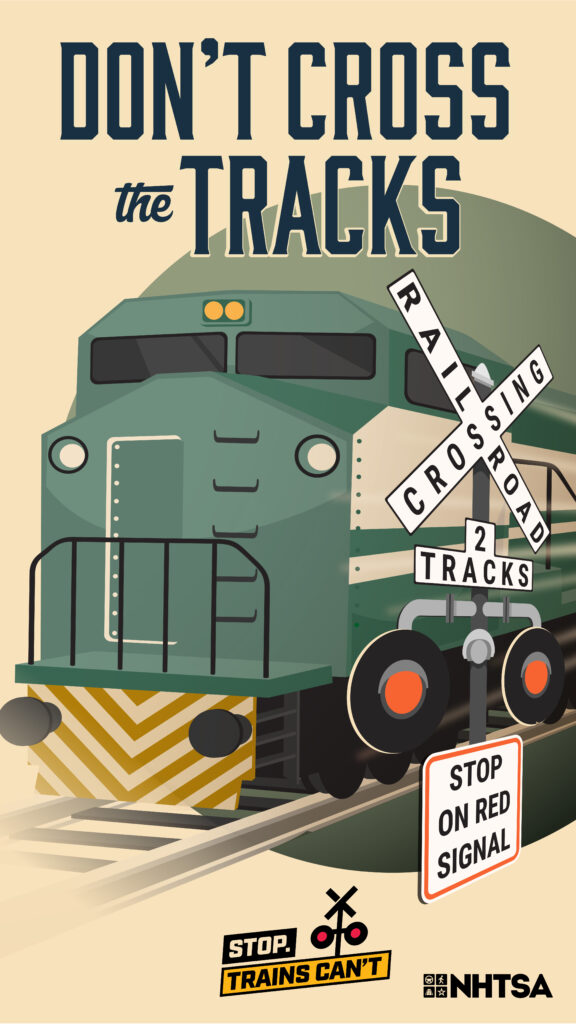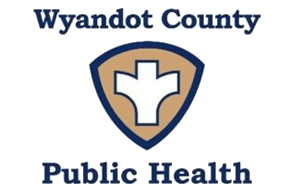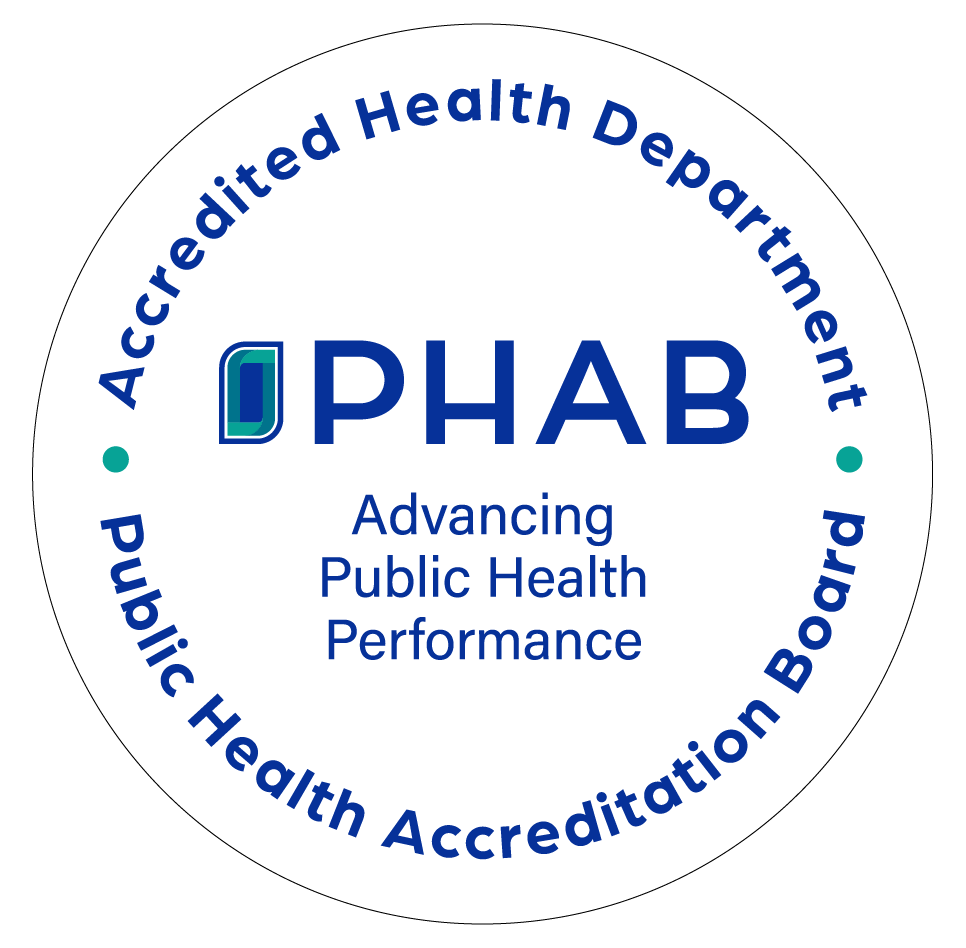Stop. Trains Can’t. This is the message the Wyandot County Safe Communities Coalition, the U.S. Department of Transportation’s National Highway Traffic Safety Administration (NHTSA), the Federal Railroad Administration (FRA) and the Federal Transit Administration (FTA) are working to deliver to help all vehicle drivers understand the importance railroad crossing safety.

NHTSA, FRA and FTA are teaming up with Wyandot County’s Safe Communities Coalition to remind all drivers to stop at railroad crossings and yield to oncoming trains.
Trains always have the right of way. Because of their size, trains can take more than a mile to stop while traveling at a speed of 55 miles per hour — the length of 18 football fields.
According to data from FRA, the number of drivers going around gates at railroad crossings has spiked in recent years. Between 2016 and 2020, there were 7,800 collisions between freight and commuter trains and motor vehicles, resulting in 624 fatalities and 3,128 people injured at public highway-rail grade crossings. During that time, 1,620 collisions occurred when drivers went around or through a lowered gate, accounting for 21% of all collisions. Tragically, these railroad crossing deaths were caused by risky driving behaviors and poor decision-making, which means they could have been prevented.
A train cannot swerve, stop quickly or change direction to avert a collision. Avoiding a collision with a train is always the responsibility of the driver. There are 125,500 public railroad crossings in the United States, and roughly 56% are “active” crossings that include warning devices such as gates, bells or flashing lights to alert drivers of an approaching train. Approximately 60% of all collisions at railroad crossings occur where active warning devices are present. For these reasons, it’s imperative to understand the dangers associated with a railroad crossing. Never race a train. It is easy to misjudge a train’s speed and distance from the crossing.
Always practice safe habits when crossing railroad tracks. When approaching a railroad crossing, slow down and look out for a train on the tracks, especially at “passive” crossings where no warning devices are present. Like crossing the street, always look both ways before crossing the railroad track. Be aware that you may need to cross multiple sets of tracks at some railroad crossings, so ensure there is plenty of room on either side of the tracks so your vehicle can cross safely. Most importantly: Never stop on the railroad tracks. If your vehicle stops, quickly move away from the track and your vehicle at a 45-degree angle, and call the number on the Emergency Notification System sign or dial 911.
Remember: The right choice at railroad crossings could save your life. Stop. Trains Can’t.

